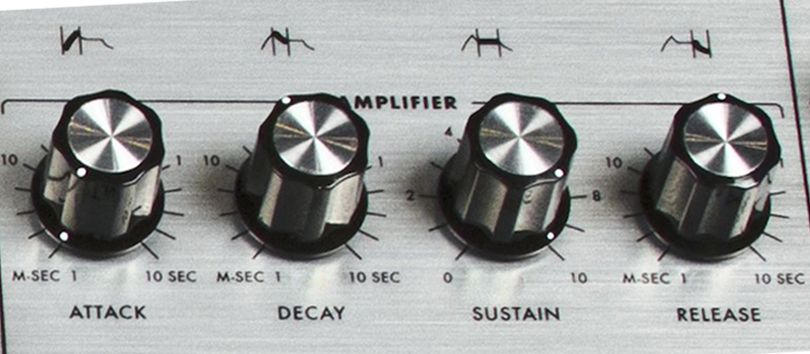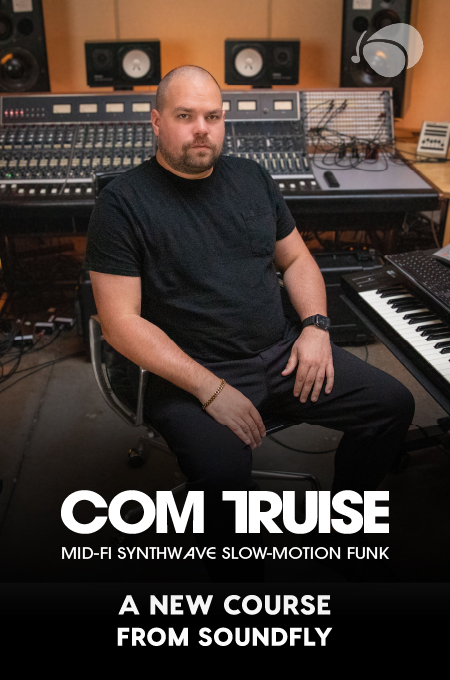
As you move from your electric or upright to synth bass, you may start to wonder how to support your group or artist while still expressing the arc of the piece.
In many situations, we bass players rely on dynamics, feel, and attack to inform our navigation through a piece of music. When I’m building a bridge into the final double chorus, where the notes are fatter and longer than in previous sections, I’m digging in way harder and letting that music explode through.
But how do I achieve the same feel of the song using a synthesizer?
With that question in mind, here are a few quick ways to add momentum and a bit of pizzazz to your synth bass playing.
1. Move the Line Around
Just as you might do with an electric bass line, add in some passing tones and outline the chord. Listen to the main melody, whether it’s coming from an instrument or a voice. Work out some supportive yet colorful lines to connect the chords.
Keeping just the root notes is great for starters, but we want to contribute to the movement of the song like we would on electric bass. If this doesn’t come as naturally to you as it would on your electric, take some solo practice time to prepare.
To help you out a bit more in making a smooth transition over to synth bass, we’ve created a new free course that dives deep into all of the programming and filtering modules as well as performance tips and tricks. Here’s the first video from Synth Bass for Bass Players:
2. Utilize the Low-Pass Filter
Often referred to as the cutoff filter, this effect has a huge impact on your overall sound. With a low-pass filter, lower values correspond to muted or a more closed timbre.
As you sweep up the filter (commonly known as “opening” the filter), the sound becomes more biting, buzzy, and resonant. The characteristics of an open sound are reflective of the waveform chosen, but for now, let’s just worry about our filter.
Opening and closing the low-pass filter is almost like changing up your tone knob and attack. Rolling your tone all the way on and digging in could be compared to opening the filter.
Having control of your low-pass filter is almost as important as your fingers on the strings. The filter movement can act as your expression and dynamic shifts all in one knob.
+ Learn more on Soundfly: If you’re new to synths, learn everything you need to know to get started in our free course series, Demystifying Synths. And take your synth knowledge to the next level with Synth Bass for Bass Players!
3. Vary the Decay and Sustain
Attack, decay, sustain, and release (commonly referred to as simply ADSR) are all the parts of a sound wave. If you’re used to playing a string instrument, this should be somewhat familiar to you.
Let’s focus specifically on how decay and sustain shape our sound on a synth. A great example is found on Michael Jackson’s “The Way You Make Me Feel.”
The approach on an electric bass is a heavy string attack with a heavily muted string; basically, a quick decay and very little sustain.
Let’s vary the decay and sustain knobs of our amplifier section until we get that sharp, short attack. Maybe as we’re playing the tune, we’ll add some sustain or even bring it down for the bridge and ramp it back up for the final chorus.

See if you can get as close to this synth bass sound as possible, and take note of which parameters helped you get there.
A synthesizer is a deep and powerful instrument capable of multitudes of expression. These few tips will get you started in the right direction. So pick some sounds to replicate, and dig in!




